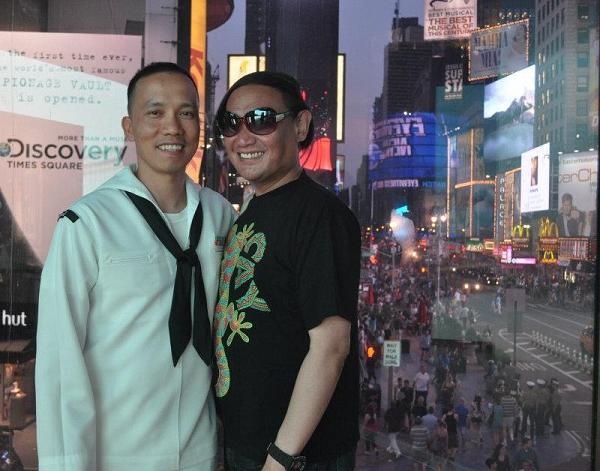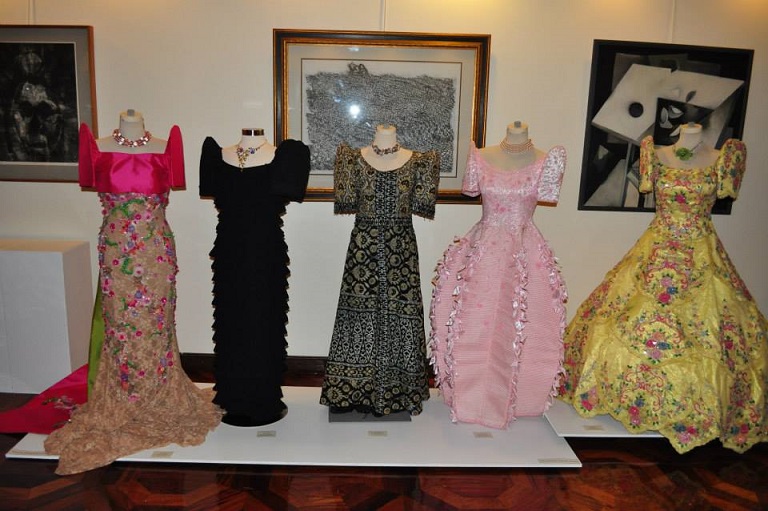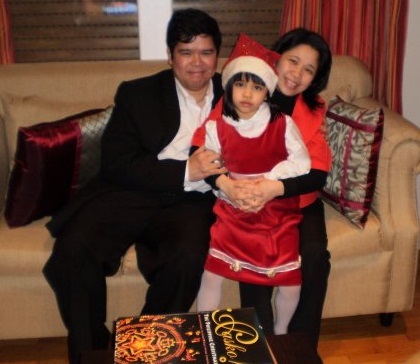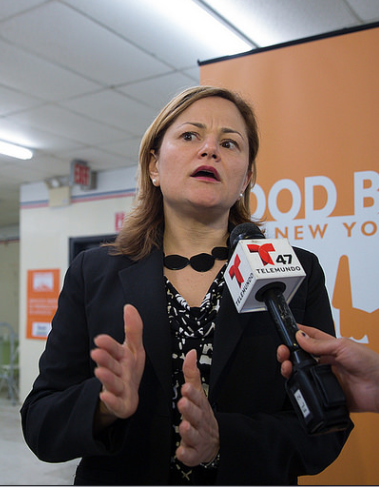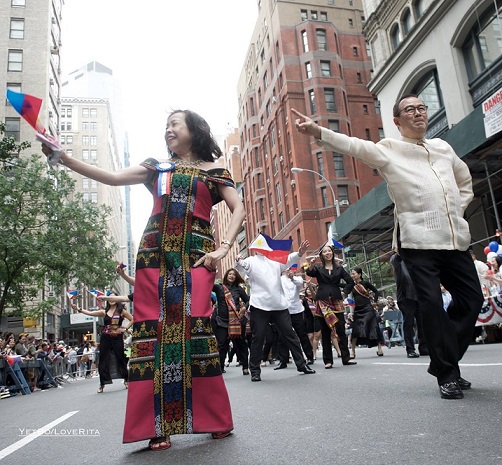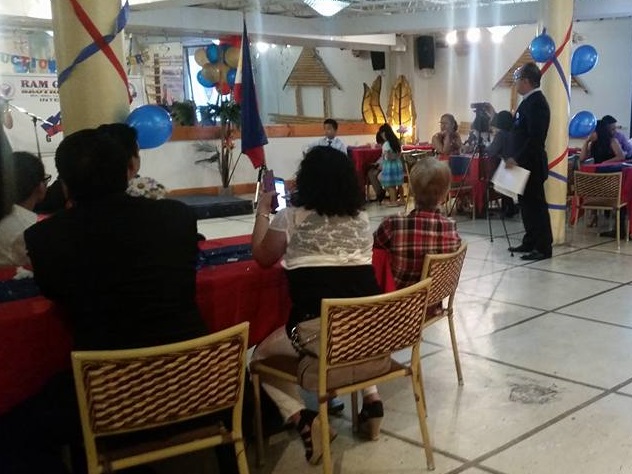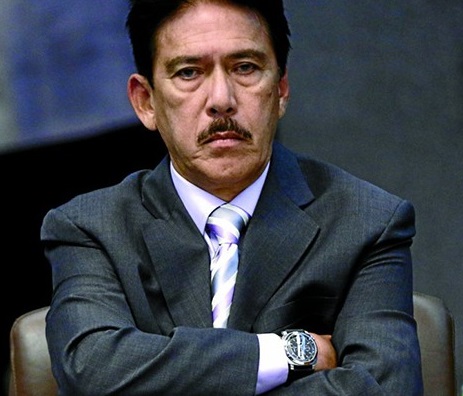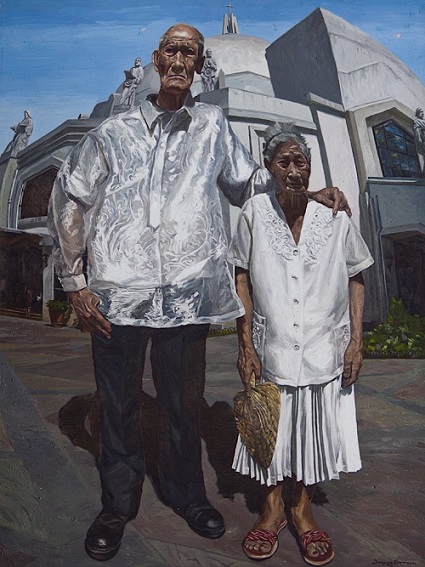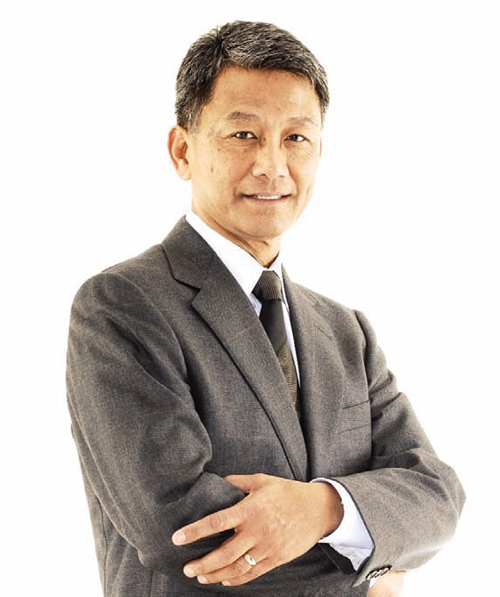Expanding roles for FilAms: From mess stewards to doctors (Part 2)
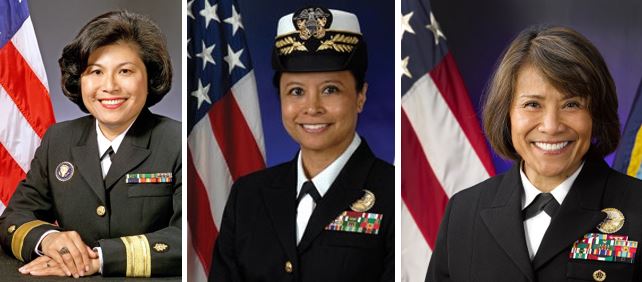
By Andre Sobocinski
Like Admiral Connie Mariano’s father, Bienvenido Dona enlisted in the Navy as a mess steward. At 27, the Northern Mindanao native was older than most recruits in-processing at the Naval Base Sangley Point, Cavite, P.I. in 1955.
Dona was among the rare few able to break from the steward rating—going from steward to striker and finally to Hospital Corps School in San Diego, Calif. After graduating from “A” School, Dona became one of the first Filipino national to serve as hospital corpsman.
Following a tour at Naval Hospital San Diego, Dona attended Field Medical Service School at Camp Pendleton, Calif. On May 19, 1965, he was assigned to the Headquarters & Service Company, 3d Battalion, 7th Marines (Rein) FMF with orders to Vietnam. As an FMF corpsman, Dona was the cherished “Doc” to his Marines—a first responder instilled with the knowledge to “stop the bleeding, clear the airway, protect the wound, and treat and prevent shock.” And it was not be long before he put these lifesaving skills to use.
Tragically, Dona’s life was cut short on March 23, 1966. While taking part in a search and clear mission in a well-fortified village in the Quang Ngai Province, Dona was shot and killed in the final act of attending to a fallen Marine. For his professional skill and unfaltering dedication to duty under duress, Dona was posthumously awarded the Silver Star.
On January 15, 1966, while on patrol near the village of Phu An, north of Saigon, Dona’s platoon was hit by a “withering volume of small arms and automatic weapons fire.” As others in his unit later testifies, Dona disregarded his own safety and ran over 100 meters against a barrage of enemy fire to reach wounded Marines. Calmly and coolly, he administered first aid and evacuated the casualties to safety. Two days later, Dona was again seen dashing through a hail of gunfire playing the role of lifesaver
Today, Bienvenido Dona’s name is one of 645 hospital corpsmen and 57,939 servicemen enshrined on the Vietnam Memorial Wall in Washington, D.C.
Over the ensuing decades other Filipinos in Navy Medicine exhibited valor and while on the frontlines of wars and conflicts. Among them was HM2 Allan Cundangan Espiritu.
A native of Metro Manila, P.I., Espiritu emigrated with his family to California in 1981. He grew up with an interest in marine biology and dentistry. Inspired by his brother, Espiritu enlisted in the Navy in 1997 becoming a hospital corpsman. As an FMF Corpsman, Espiritu qualified as a scout sniper, a master parachute jumper, and received special training in mountain warfare, jungle warfare, and Survival Evasion Resistance Escape (SERE). Using these skills, he served two combat tours in Iraq. Espiritu volunteered for duty with a Marine Explosive Ordnance Device (EOD) Team while on his second tour in 2005. He was killed in the vicinity of Ramadi on a mission of detonating a roadside bombs. HM2 Allan Cundangan Espiritu was posthumously awarded the Bronze Star with Combat “V” in 2006.
Expanding roles
The 1960s and 1970s saw new opportunities afforded to Filipinos in the U.S. Navy. And during these decades some of the first Filipino physicians, dentists, nurses and Medical Service Corps officers were commissioned. These pioneers included Drs. Honorato Nicedemus (Nicodemus), Ofelia Maralit, Estelita Carandang, Remedio Galang in the Medical Corps and Dr. Napoleon Dimayuga Rivera in the Dental Corps.
Dr. Robert Mendoza Poquis was a second-generation Filipino born in Hawaii. In 1961, he become the first Filipino American optometrist commissioned in the Navy. He remained in service for 30 years, becoming the Navy optometry specialty leader before retiring as an 0-6.
Melchor “Mel” Flondarina of Agno, P.I., enlisted as a mess steward in 1957 before transitioning to the hospital corps. In 1967, Flondarina was commissioned as a Medical Service Corps officer, becoming one of the first Filipino-born MSCs in the Navy.
Dr. Jose Sotto Cruz of Angat, Bulacan, P.I., was commissioned in the Navy Medical Corps in 1971. He remained in service through Gulf War rising to the rank of Captain. Cruz instilled in his four children the importance of education and an aspiration to serve as leaders in whatever fields they chose. Two of their children—Anatolio and Raquel—chose the Navy. Anatolio attended the Naval Academy, graduating in 1980. Raquel Cruz—later Bono—was commissioned in 1979 through a Health Professions Scholarship Program. Both siblings rose through the ranks becoming the only brother and sister flag officers in the Navy. And among her many distinctions, Dr. Bono became the highest-ranking officer of Filipino ancestry in Navy history when promoted to Vice Admiral in 2015.
Dr. Connie Mariano received her Navy commission as an Uniformed Services University of the Health Sciences (USUHS) student in 1977. In 1992, she became the first Navy medical officer of Filipino heritage to serve in the White House Medical Unit. The next year she became the first Filipino and only the second woman to serve as primary physician for a U.S. President. And in 2000, Mariano became the first Filipino naval officer to achieve the rank of Rear Admiral.
Eleanor Valentin was the daughter of Filipino immigrants who met in San Francisco, Calif. Her father was a grocer and tailor; her mother was a detective who had formerly worked in the Manila Police Department. Her parents instilled in Valentin the mentality that if she worked hard she would succeed in anything she did. After obtaining master’s degrees in public health and biostatistics, Valentin was commissioned in the Medical Service Corps. She ascended the ranks becoming Rear Admiral and in the process earned the distinction as the first woman to serve as Director of the Medical Service Corps and first Filipino American to serve at the helm of a Navy staff corps.
Dr. Godofredo Liboon Navarro took the helm of Naval Hospital Subic Bay, P.I., in 1989. He is the first Filipino commanding officer in Navy medical history. In 1991, following the eruption of Mount Pinatubo, Navarro helped to lead the relief effort. Under his command the naval hospital provided medical care to some 1,182 native Filipinos.
In every community within Navy Medicine Filipino-Americans have excelled as officers and enlisted, and serving with distinction in positions of command, leaders and as caregivers. Today, 11,208 Navy active duty service members identify as Filipino. Among them are 1,480 physicians, dentists, nurses, MSC officers and hospital corpsmen who continue to build on a proud tradition of service and heritage in Navy Medicine
André B. Sobocinski is a historian at the U.S. Navy Bureau of Medicine and Surgery. This article was originally published by the Department of Defense DVIDS Media.

